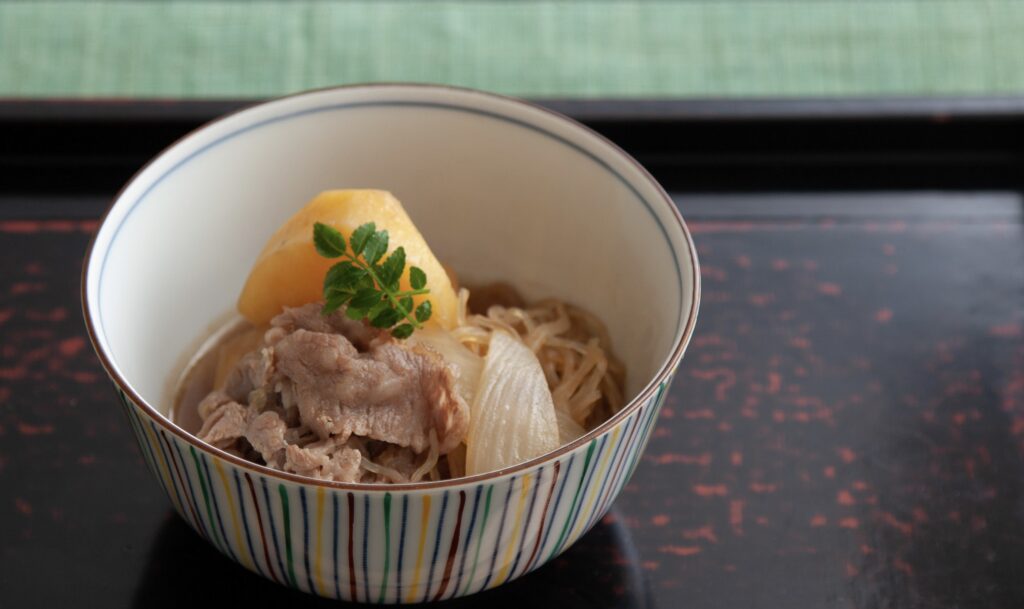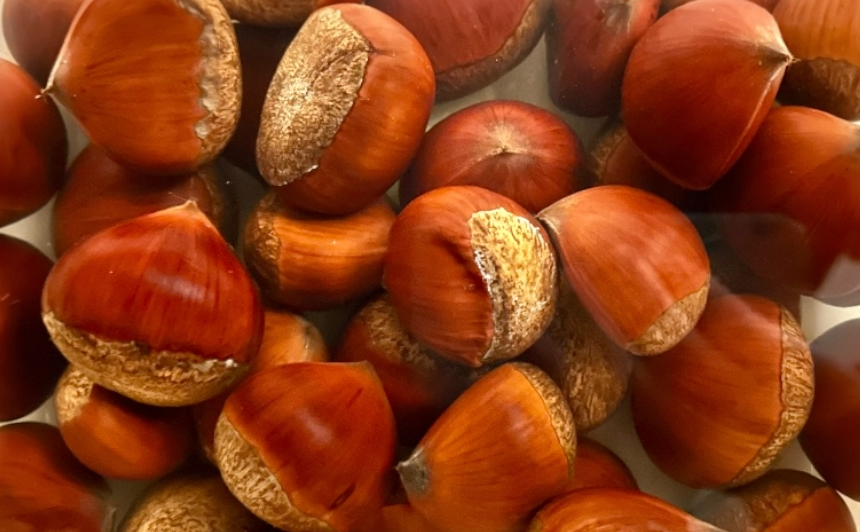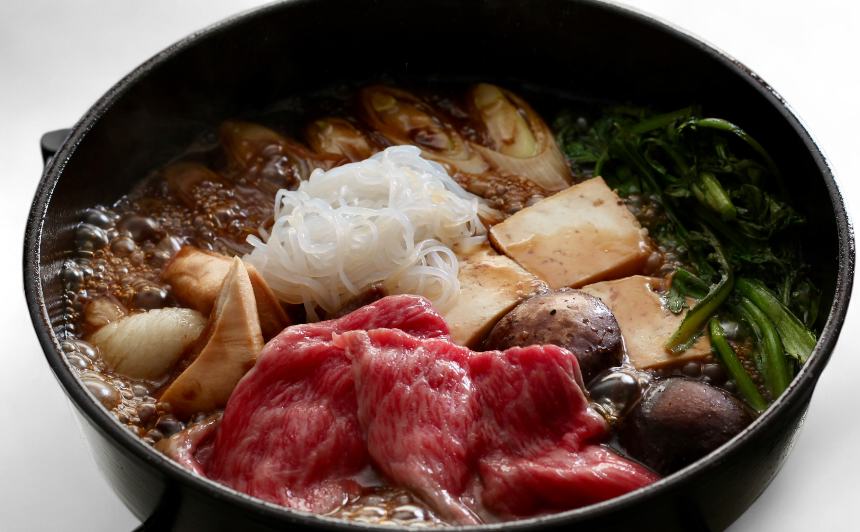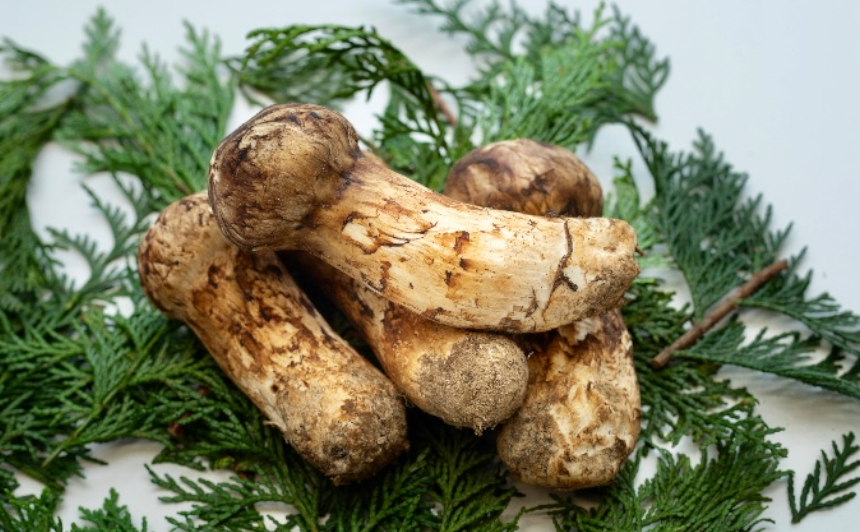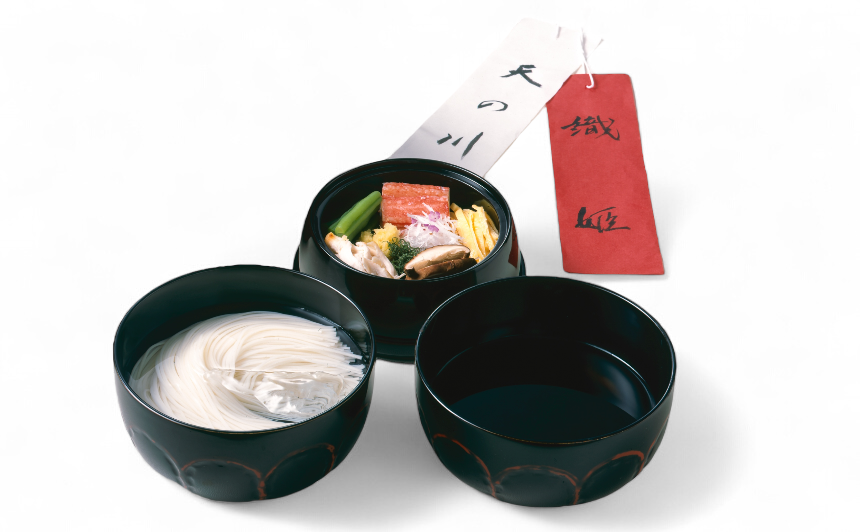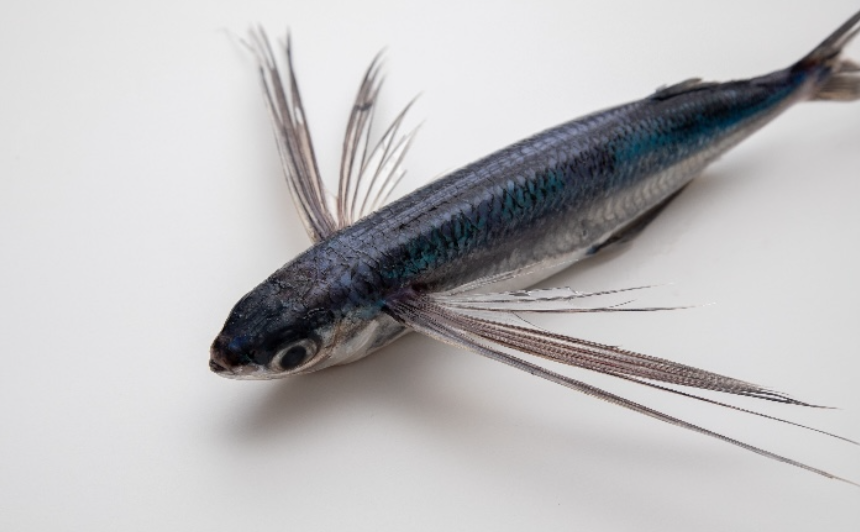Naoyuki Yanagihara– Author –
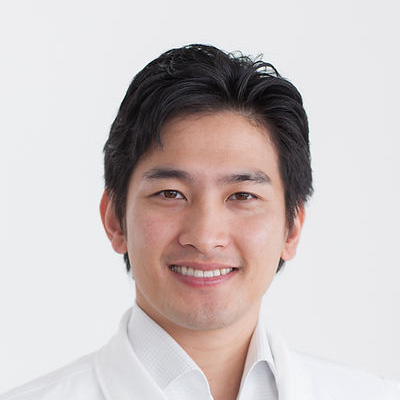 Naoyuki Yanagihara
Naoyuki Yanagihara
The Head of Kinsaryu
CEO and Executive Chef of Yanagihara Cooking School
Ph.D. in Fermentation Science and Technology
I was born in Tokyo into a family specializing in the Kinsaryu culinary discipline. Kinsaryu has been passed on from generation to generation since the Edo period (1800’s) and is a cuisine that specializes in the cooking technique of Edo (former Tokyo).
I’ve been teaching and researching ‘washoku’ (Japanese cuisine) and ‘kaiseki’ (traditional cuisines served at tea ceremony) at Yanagihara Cooking School in Akasaka, Tokyo, for over 20 years now.
I also oversee cooking for TV shows, like NHK's ‘taiga’ (or period) dramas and others, to help them present culinary details accurately. In 2015, I was honored to be named a Cultural Exchange Ambassador by the Agency for Cultural Affairs of Japan, and in 2018, I became an ambassador for promoting Japanese food for the Ministry of Agriculture, Forestry and Fisheries. It’s been a joy spreading the word about what washoku has to offer around the world!
My specialty is Edo-period food culture and Japanese cuisine/culture, plus food education for children. I enjoy writing cookbooks and giving speeches on washoku.
-

A New Way of Food Education—Teaching Children about Food with a Computational Mindset
What would Washoku, Japanese cuisine, look like in the future? Even though we simply say “Japanese food,” the way it’s made and enjoyed has changed big time over the years! The flavors and styles we see today are not only different from ...Washoku Stories -

October — “Chestnuts”
I still remember going chestnut picking when I was a kid. They were probably wild mountain chestnuts—small ones wrapped in spiky burrs that hurt when you touched them. I used to nudge the burrs open with my shoe and pick the nuts out car...Foods in Season -

No Gyunabe, Not Cool: The Surprising Origins of Sukiyaki
When you think of beef, what Japanese washoku dish comes to mind? Many of you might say “sukiyaki.” Interestingly, sukiyaki is not a traditional Japanese dish – it came about during the Meiji period. Back then, it was called "gyunabe" or...Washoku Stories -

September – “Matsutake Mushrooms”
Matsutake mushrooms are one of the true tastes for the upcoming season in Japan, much-loved for their unique fragrance. For many Japanese, it’s a wonderful aroma, but because smell preferences can be a cultural thing, I’ve heard some peo...Foods in Season -

A Story of “Somen” in Shodoshima
As a child, I spent every summer vacation visiting different places across Japan with my family. My parents took us along on trips to discover new ingredients. One of these trips landed me in Shodoshima, the smallest island in the countr...Washoku Stories -

August – ”Edamame”
Edamame are young, green soybeans, with another name "azemame" (meaning “ridge beans”) in Japan, where farmers used to plant them along the ridges of rice paddies to protect the embankments. When you are boiling edamame, the main tip is ...Foods in Season -

Tanabata Somen: A Festive Dish to Celebrate the Star Festival
On July 7th, we'll welcome the Tanabata Festival, also known as ”Shichiseki no Sekku.” It is one of Japan's five seasonal festivals. In the central Kanto region, it is celebrated on July 7th according to the modern calendar, but in Senda...Days and Dishes -

Keshojio【けしょうじお 化粧塩】
When grilling a whole fish, “Keshojio” (Decorative salt) is a must-have. Grilling tends to burn the fins and make them look less appealing. To prevent this, you would want to apply some salt on them before grilling. The salt protects the...Cooking Note -

July-”Flying Fish”
July-”Flying Fish” Flying fish (”Tobiuo”) are in season during the summer. When you're out on a boat on a hot summer day, the chances are you might see fish flying high and racing along at about the same speed. These are flying fish. Lik...Foods in Season -

Ayu: Japan’s Beloved ”Fragrant Fish” – Its Charm and How to Enjoy It
Did you know there's a fish unique to Japan? It's called "ayu," or sweetfish. Japanese love Ayu because it's a national fish, endemic to Japan. It can be found in parts of China and Taiwan, but Japan boasts the largest population of Ayu....Washoku Stories

